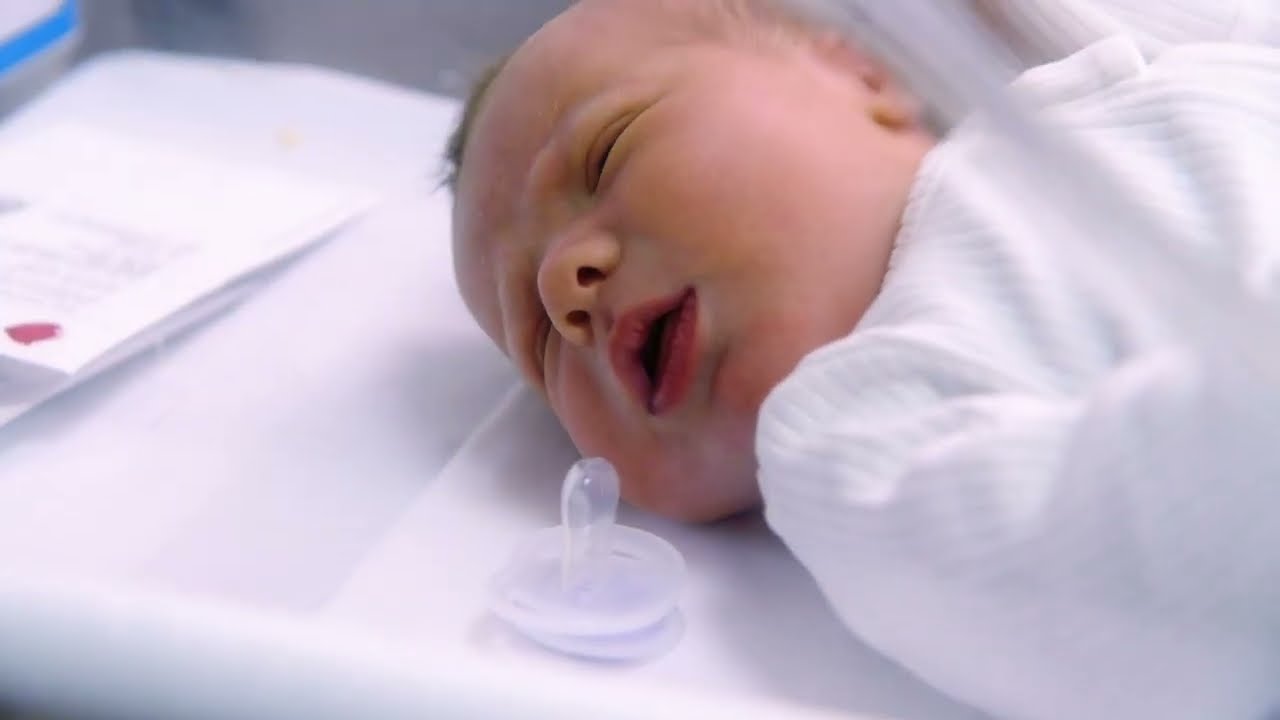Neonatal Respiratory Function Testing in Foals
The respiratory system is a critical component of foal health and development. Early detection of any abnormalities can significantly impact treatment outcomes and overall survival rates. Neonatal respiratory function testing, specifically in foals, plays a crucial role in identifying potential issues before they escalate into severe conditions.
Respiratory distress syndrome (RDS), also known as hyaline membrane disease, is one of the leading causes of neonatal mortality in horses. This condition arises due to incomplete surfactant production and alveolar fluid clearance, which can lead to respiratory failure if not managed promptly. Early intervention through comprehensive testing ensures that affected foals receive appropriate care.
Another significant concern in neonatal foals is aspiration pneumonia, often a result of aspiration during birth or inadequate clearance of amniotic fluid post-delivery. Prompt diagnosis and treatment are essential for recovery. Respiratory function tests can help identify signs indicative of this condition early on, allowing for timely medical intervention.
Testing methods typically involve spirometry to measure lung volumes and flow rates, plethysmography to assess airway resistance, and capnography to monitor carbon dioxide levels. These tests provide valuable insights into the mechanics of breathing and gas exchange within the lungs. Proper specimen preparation includes collecting samples in sterile conditions using appropriate devices like endotracheal tubes or tracheal aspirates.
Instrumentation used for these tests must meet stringent standards such as ISO 80672-1:2021, which outlines requirements for spirometers and plethysmographs employed in respiratory function testing. Compliance with these international norms ensures accurate results and reliable data interpretation.
The importance of neonatal respiratory function testing cannot be overstated. It enables healthcare providers to make informed decisions about the health status of foals, leading to better outcomes for both animals and owners. By identifying problems early, proactive measures can be taken to prevent complications that could otherwise lead to prolonged hospital stays or even loss of life.
Proper interpretation of test results requires expertise in veterinary medicine along with familiarity with relevant laboratory procedures. This ensures accurate diagnosis and effective treatment plans tailored specifically for each foal's needs.
Why It Matters
The health of neonatal foals directly impacts the overall performance and longevity of the equine population. Early identification of respiratory issues allows for timely interventions, improving survival rates and reducing mortality associated with these conditions. Effective management also minimizes stress on both foals and their caretakers.
- Promotes early detection of respiratory distress syndrome (RDS) which is a leading cause of neonatal death in horses
- Identifies signs of aspiration pneumonia, crucial for prompt medical intervention
- Aids in assessing lung function, providing critical data for informed decision-making
Regular monitoring helps maintain optimal respiratory health throughout the foal's development period. This not only enhances immediate well-being but also sets a foundation for long-term resilience against respiratory infections.
Benefits
- Prompt Diagnosis: Early detection of potential issues enables rapid response and treatment, enhancing the foal's chances of recovery.
- Improved Survival Rates: Accurate testing leads to better management strategies that can save lives.
- Minimized Stress: Timely intervention reduces unnecessary stress on both the foals and their caretakers.
- Enhanced Performance Potential: Ensuring optimal respiratory health supports overall development, promoting future athletic performance.
The benefits extend beyond individual foals; they contribute to the broader equine community by fostering healthier populations and reducing resource expenditure on unnecessary treatments.
Industry Applications
| Type of Application | Description |
|---|---|
| Newborn Care Units | Testing helps in immediate diagnosis and treatment initiation for newborn foals. |
| Veterinary Clinics | Supports comprehensive patient evaluations by providing essential respiratory data. |
| Racing Farms | Promotes early identification of respiratory issues affecting young racehorses' performance and health. |
| Breeding Establishments | Aids in selecting healthy breeding stock, ensuring genetic quality while maintaining good health practices. |
These applications underscore the importance of neonatal respiratory function testing across various sectors within the equine industry. By integrating this service into routine care protocols, stakeholders can achieve significant improvements in foal mortality rates and overall herd health.





